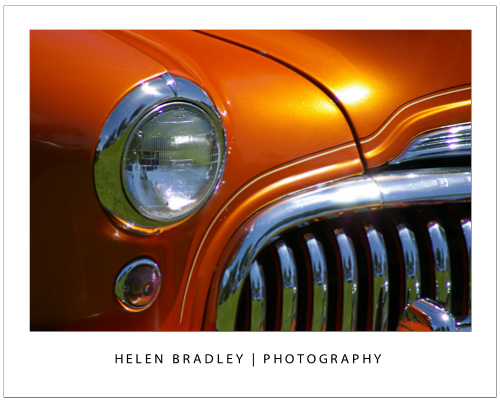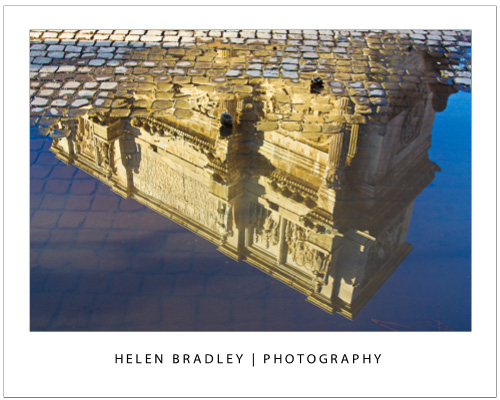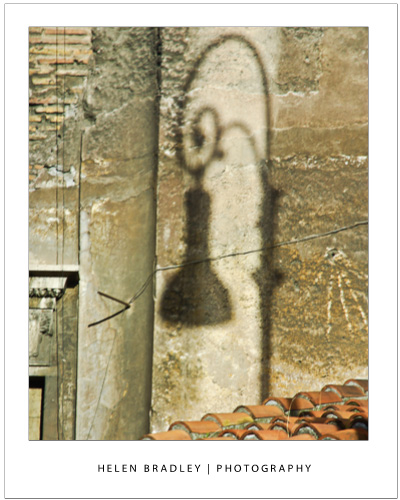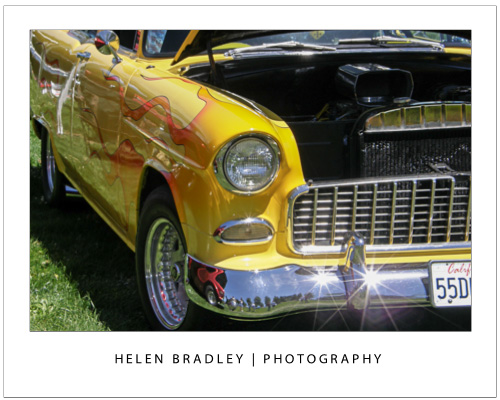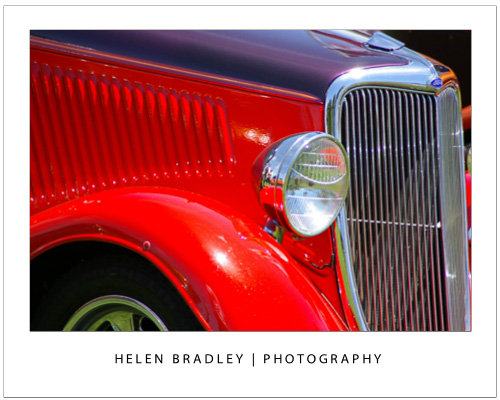Here are some more techniques for capturing great images in full sun
The worst possible time to take photos is when the sun is overhead. But that doesn’t mean you should head home, because you can capture good images even when the light is harsh. Here are some techniques to put to use at midday:
Capture Reflections
You can capture reflections in just about any light and when the sun is at its highest you’ll find interesting reflections where one building is reflected in another and also reflections in water such as in fountains and lakes where the surrounding areas are reflected.
If the water is still the reflections will be perfect and if the water is rippling you may capture abstract patterns. If you are experiencing sunshine after rain look for water on the ground so you can capture things reflected in puddles. In fact, reflections can be an interesting way of capturing a tourist attraction in a way that it’s different to what you’ve ever seen before.
Capture shadows
With the sun high overhead, anything between the sun and the ground or the face of a building will throw strong shadows. By looking for shadows, you can often capture an interesting image either by capturing the shadow rather than the object itself or by getting both the object and its shadow. The brighter the sun the crisper the shadows will be so look for an interesting contrast between the shadow and its surrounds.
Shadows are like reflections in that you won’t necessarily see shadows or reflections until you train your eye to look for them. When you do start looking for them you’ll see shadows and reflections everywhere and you’ll wonder how you ever missed seeing them before.
Capture Lens Flare
When the sun is very bright, you’ll find that shiny objects result in little flares where the sun hits them. These flares can make an attractive star shape and add sparkle to your images. You might also see interesting patterns where the sun is filtered through trees or along narrow alleys between buildings. Look out for these opportunities to capture light that you won’t see at other times of the day.
When capturing a lens flare you’ll may need to slightly underexpose the image so the flare is captured as a subtle star rather than an overexposed white blob. To do this, adjust your camera to manual mode and increase the shutter speed or reduce the aperture to underexpose the image.
Alternatively use the camera’s Exposure Compensation (EV) adjustment to underexpose the image. You will need to experiment with the setting but start with around -1 (one stop underexposed) and adjust from there. The result should be an underexposed image with a good looking flare. You can adjust the remainder of the image in post processing to bring back some detail. If you capture the image in a raw format, you will ensure you have plenty of image data to work with in post processing.
Go for Hot!
In bright sunlight colors can look very rich indeed. If you can zoom in to get the color and avoid excessive shadows or bright spots you can capture color that is nearly impossible to get in other light.
This car image was shot on a blistering hot day with high overhead sun in horrible conditions for photographing. By zooming in to remove all the background and choosing a great vehicle to shoot I’ve captured an image rich with color that would have looked a lot duller in other light.


